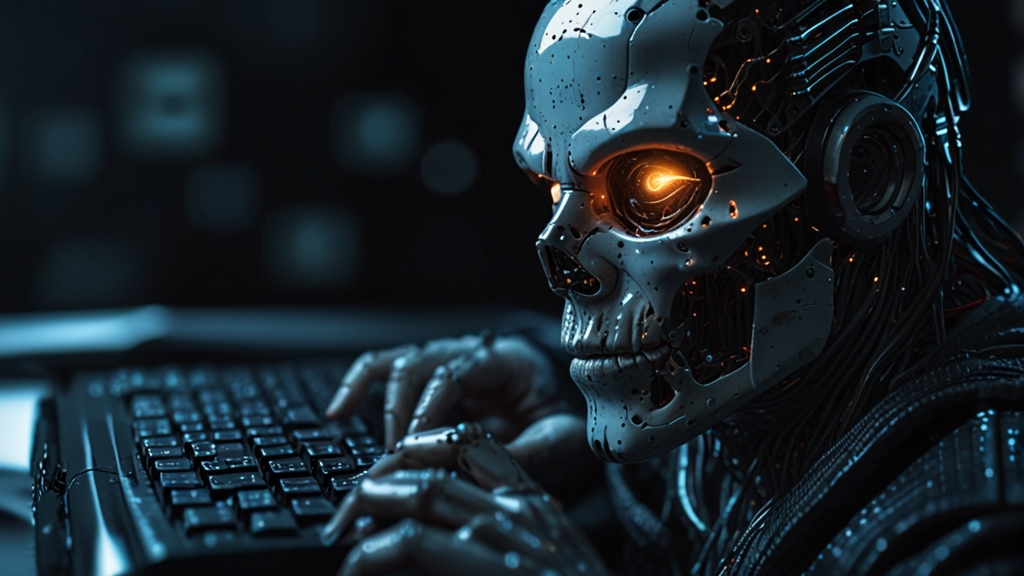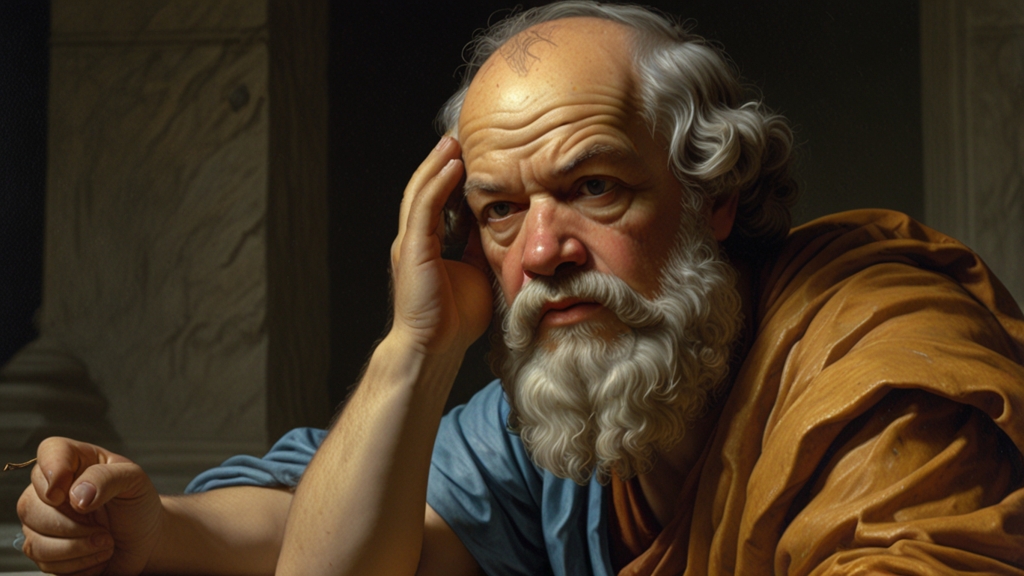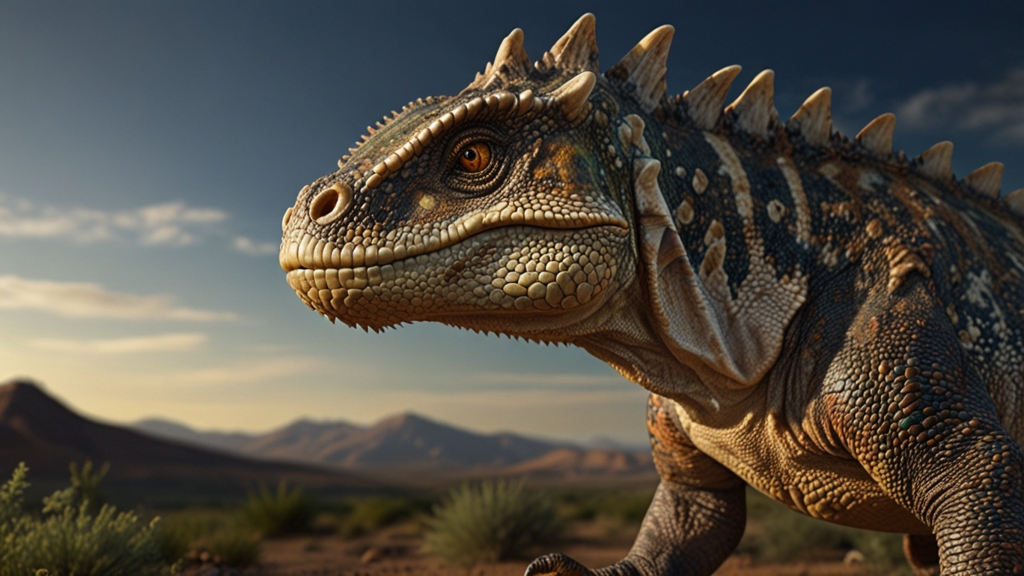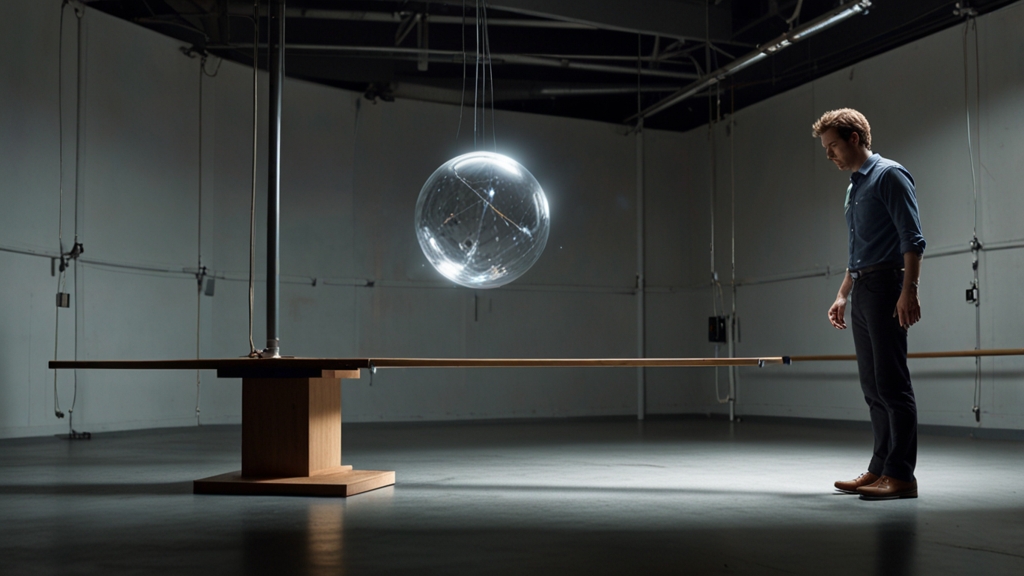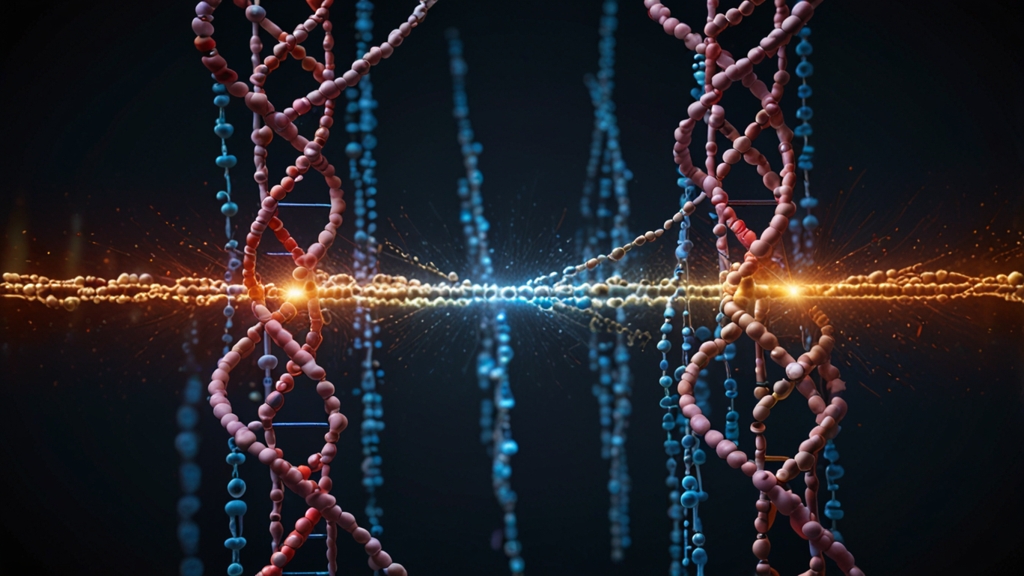The History of Pets: How They Became Our Best Friends
The bond between humans and animals has spanned thousands of years, evolving from mere coexistence to deep companionship. This article delves into the historical journey of how pets have become integral parts of our lives, ultimately earning the title of "best friends."
Early Domestication
The earliest evidence of domesticated animals dates back to around 15,000 years ago with the domestication of wolves. These early partnerships were likely born out of mutual benefit—humans provided food, and in return, wolves offered protection and assistance in hunting. Over generations, wolves that were more sociable and docile evolved into what we now recognize as dogs.
"The idea of domestication likely started when ancient humans began to recognize the advantages of having tamed animals around. This marked the beginning of a transformative relationship between species." - Dr. Jane Smith, Historian
The Role of Cats
While dogs were the first domesticated animals, cats were not far behind. Archaeological findings suggest that cats were domesticated around 9,500 years ago in the Near East. Unlike dogs, cats initiated their own domestication by gravitating towards human settlements where grain stores attracted rodents. Humans recognized their value in pest control, leading to a symbiotic relationship. Over time, cats became loved not just for their utility but also for their companionship and enigmatic nature.
Birds, Fish, and Rodents
As civilizations grew, so did the variety of domesticated animals. Birds, fish, and rodents began to fill roles as pets around the world. In Ancient Egypt, for instance, birds like ducks and geese were domesticated for food and companionship. Fish-keeping started in China during the Tang dynasty, where the rearing of carp eventually led to the development of the goldfish. Similarly, rodents like hamsters and guinea pigs were domesticated for both practical purposes and as pets, adding to the diversity of animals welcomed into human households.
"The domestication of a wide array of animals shows the ever-evolving relationship between humans and other species. Each animal brought unique qualities and benefits to human life." - John Doe, Zoologist
Pets in Modern Times
In contemporary society, pets are more than just animals—they are family members. Advances in veterinary care, along with a deeper understanding of animal welfare, have led to improved lives for pets. The emotional bond between humans and pets is now well-documented, with studies showing that pets can reduce stress, provide emotional support, and even improve physical health. Organizations dedicated to animal rescue and welfare have also amplified the importance of ethical pet ownership.
The Future of Human-Animal Companionship
Looking forward, the relationship between humans and pets will likely continue to evolve. Technological advancements, such as pet wearable devices and improved veterinary treatments, promise to enhance the lives of pets and their owners. Moreover, the ongoing efforts in animal rescue and conservation underline the responsibility humans have in looking after their animal companions.
"The future of pets is intertwined with human progress. As we innovate and grow as a society, so too will our responsibilities and relationships with our animal companions." - Sarah Lee, Animal Welfare Advocate
In conclusion, the history of pets is a testament to the enduring bond between humans and animals. From the early days of wolf domestication to the variety of pets we cherish today, our shared history is rich and complex. As our lives become more intertwined, pets will undoubtedly continue to be our best friends, offering unconditional love, joy, and companionship.

